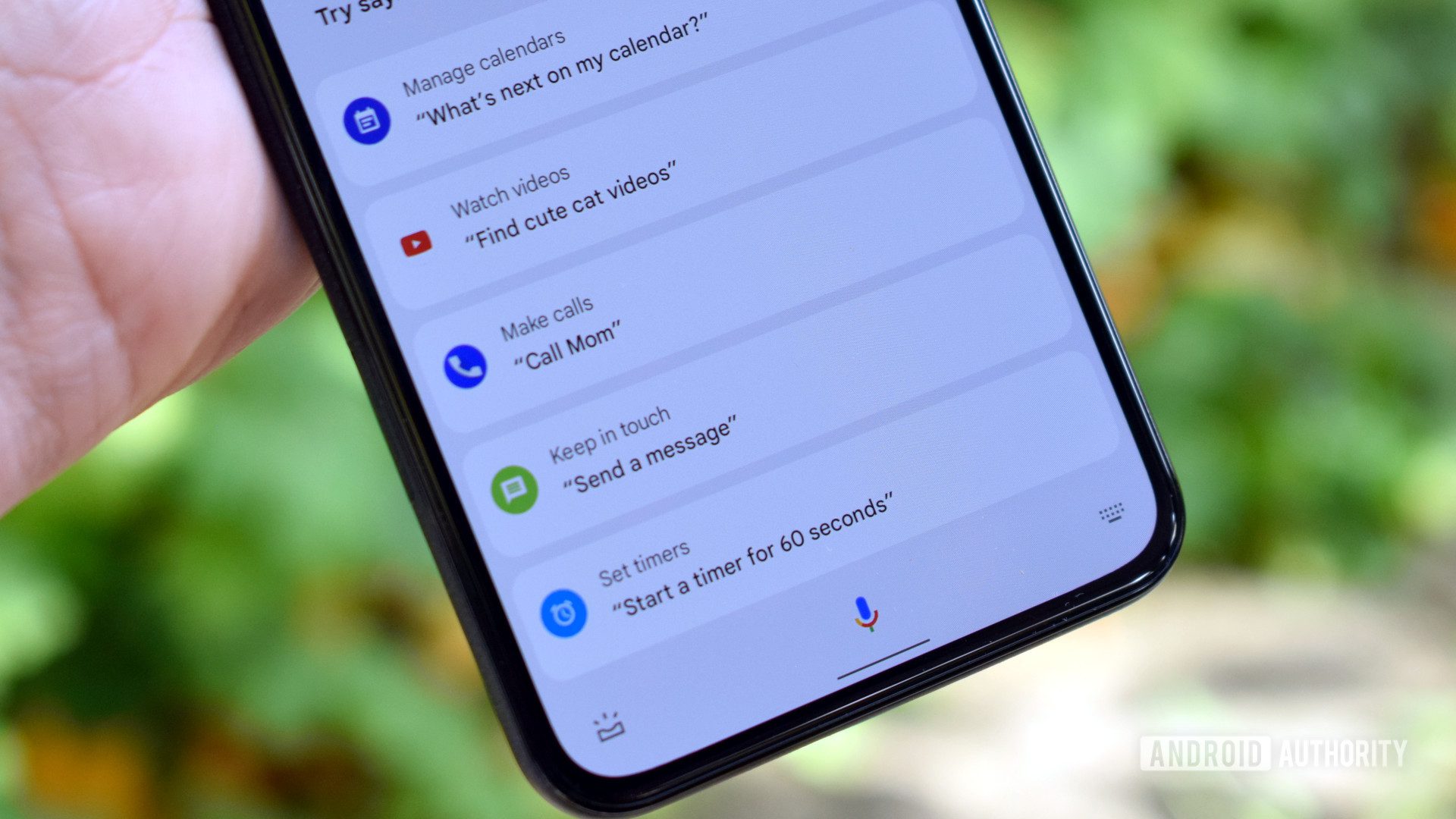Apple’s iPhone and phones using Google’s Android operating system dominate the smartphone market. iPhones are known for their sleek design, minimalist features, and ease of use, while Android phones offer more customization options, larger screens, and a wider range of designs. Apple’s iOS is a closed operating system, providing a streamlined user experience and tight integration with other Apple devices, while Android is open-source, offering more flexibility and accessibility for developers. Apple’s App Store is subject to stricter guidelines, ensuring high-quality apps, while the Google Play Store is open to everyone. iPhones are typically more expensive but maintain their value over time, while Android phones have a broad range of price points. Ultimately, which platform is best depends on user priorities.
iPhone vs. Android: Which One Reigns Supreme?
Introduction
Smartphones have become an essential part of modern life, providing us with access to the internet, communication tools, and a wide range of apps. The two most dominant players in the smartphone market are Apple’s iPhone and phones running on Google’s Android operating system. Both have their strengths and weaknesses, and choosing between them can be a challenge.
Design
When it comes to design, Apple iPhones have always been known for their sleek, modern features, and streamlined, minimalist design. IPhones have a polished look and feel, with high-quality materials, smooth edges, and easy-to-use buttons. On the other hand, Android phones come in a vast range of designs, from budget models to high-end flagships. Many Android phones have larger screens than iPhones, giving users more real estate for watching videos, playing games, and doing work.
Operating System and Interface
Apple’s iOS is a closed operating system designed specifically for iPhones, providing a straightforward, streamlined user experience. Apple’s proprietary software offers tight integration with Apple’s ecosystem of devices, including Macs, iPads, and Apple Watches. On the other hand, Android is open-source, meaning any phone maker can customize the software according to their needs. Android offers more flexibility when it comes to customizing homescreens, widgets, and app icons. With Android, it’s easier to share files and folders between apps and with other users.
Apps and App Store
The Apple App Store is known for its strict app publishing guidelines and delivers high-quality apps with high standards for app design, functionality and security. Also, Apple’s ‘walled garden’ approach to its App Store ensures that apps will run smoothly on all devices. In contrast, the Google Play Store is open to everyone, which sometimes leads to more variability in app quality. However, because Android is open source, developers have more access to build up apps with more features not otherwise possible on Apple devices.
Security and Privacy
Apple has always been recognized for providing high-security standards and quality service with a more controlled experience for users. Its “walled garden approach” ensures that apps and updates are properly vetted before they become available to the public, protecting users from viruses and malicious apps. And iPhones are typically slower to be affected by new vulnerabilities. In contrast, Android is open source, which sometimes leads to greater vulnerability from outside sources. Although Android developers deliver regular security updates to fix these vulnerabilities, it may take longer for the fixes to arrive.
Price and Availability
Apple iPhones are well-known for their high-price tags, with the most recent models costing over $1,000. However, Apple products typically maintain their value well over time. Android phones, on the other hand, have a broad range of price points, from budget options to high-end models that cost as much as the latest iPhone. Additionally, Apple iPhones are widely available through retail stores and authorized resellers, while Android phones are offered by a vast number of brands that can affect the variety and quality depending on the make and model.
Conclusion
In conclusion, both iPhones and Android phones come with unique strengths, making it challenging to determine which one is better than the other. iPhones are well-known for their polished design, user-friendly interface, and tight integration with Apple’s ecosystem. In contrast, Android phones strive for greater flexibility, customization, range, and a more open experience. When you weigh the pros and cons of each platform, it ultimately comes down to what you prioritize in a smartphone. If user experience, security, and performance are your top priorities, iPhone is a clear standout. But if you want more customization options, versatility, and budget-friendly choices, Android is the way to go.
